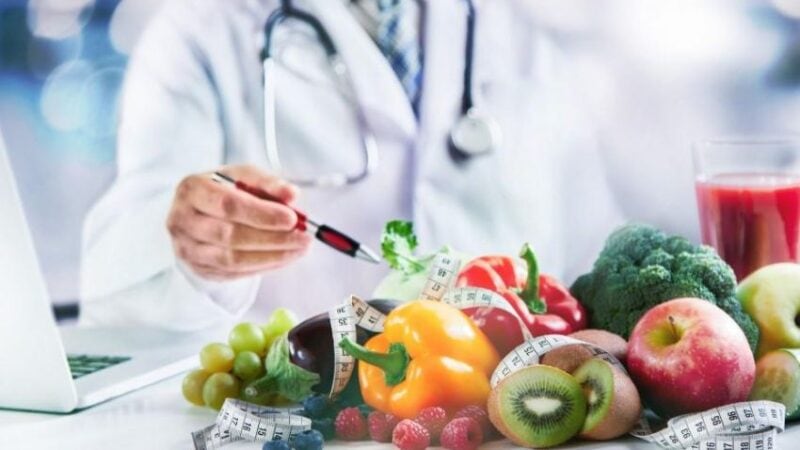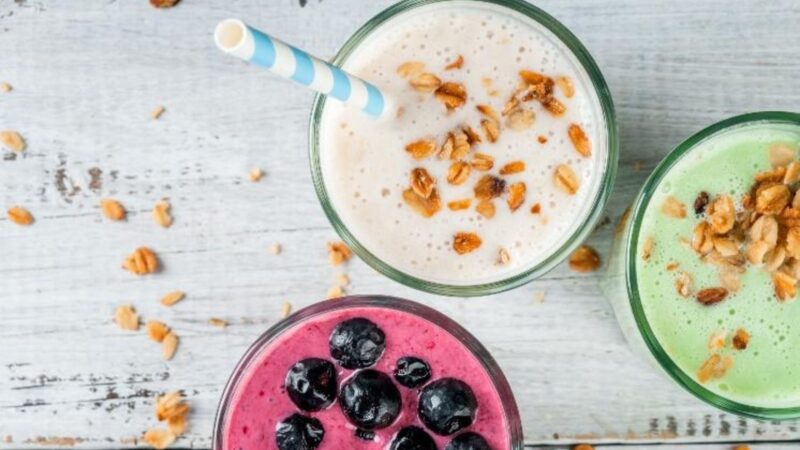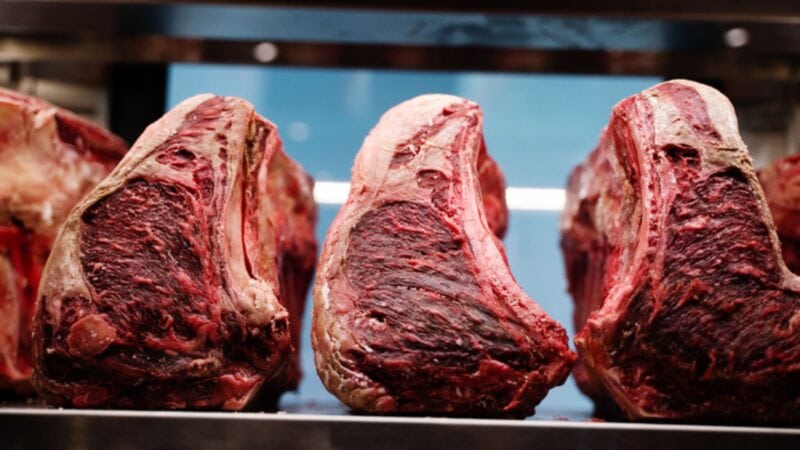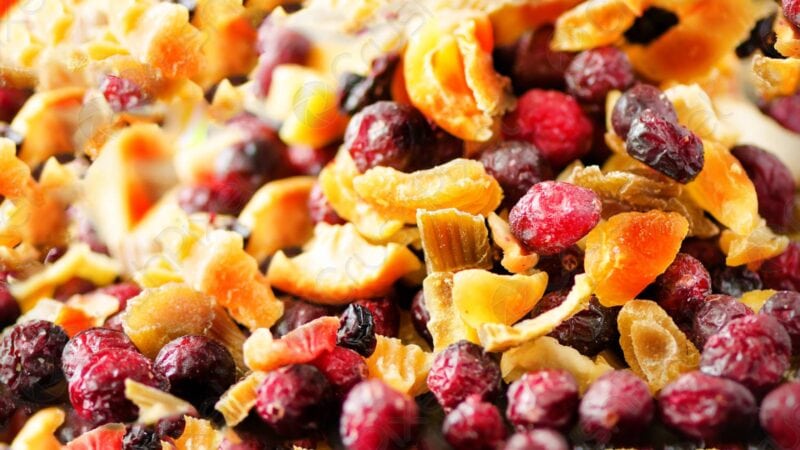Which Plant-Based Foods Have Amino Acids?
Foods having high amino acid concentrations are one of the rich sources of proteins essential for your healthy lifestyle. As a matter of fact, Foods from animal sources are abundant in amino acids. But, ever thought where do the vegans get their share from? Let’s search for some of the plant-based foods having amino acids concentrations.
Importance of Amino Acids
Amino acids are the greatest source of proteins, and are rightfully called the building blocks of proteins. you’ll find amino acids in foods you typically associate with protei Amino acids are essential for you for a strong muscle growth, proper digestion, grow immunity, muscle tissue repair, improve blood circulation, strong hair, glowing skin and what not.
Out of the total 22 amino acids, 9 are categorized as Essential amino acids, as they need to be consumed from an outside source, either through your daily food or any other dietary supplements available in market. Rest of the amino acids are synthesized in your body itself, hence they are called non-essential amino acids, and are easily available to perform your body functions.
We are here focusing only on the essential amino acids that can be found through plants.
Plant Based Foods Having Amino Acids
Unlike animal sources, plant sources are not considered to be complete proteins. Complete proteins are those protein foods that contain all 9 essential amino acids. so, does that mean you, as a vegan, should be worried?
According to the latest 2020 stats, about 3% of Americans, that comes to about 9.6 million Americans are going vegan now. That’s incredibly a great achievement for the vegan world, I guess. But what is the protein source of these 3 percent of Americans.
Plant based foods being incomplete proteins, force you to put the right plant-based foods together in the right combinations to make sure you’re getting the “complete” protein they need. But, with the recent studies, its no longer a hectic task to plan on. As long as you’re eating a variety of plant protein sources, throughout the day your body does the work of “completing” the proteins for you.
Some Plant-Based Foods Enriched with Amino Acids
Grains
A grain is a small, hard, dry seed, with or without an attached hull or fruit layer, harvested for human or animal consumption. A grain crop is a grain-producing plant. Although not comparable to their low lysine content, grains generally lack in three essential amino acids: threonine, leucine and histidine. In contrast, grains are typically good sources of phenylalanine, tryptophan, valine and isoleucine.
Example:
Buckwheat– it is a pseudo cereal, which is a type of grain that doesn’t grow on grasses but is used similarly like other cereals. A gluten-free, good source of fiber, a complete protein, it is rich in all the 9 EAA’s. histidine, isoleucine, leucine, lysine, methionine, phenylalanine, threonine, tryptophan, and valine
Rice – As a cereal grain, it is the most widely consumed staple food for a large part of the world’s human population. Amino acid content in rice grains is affected by high temperature during the early grain-filling period. Histidine, Lysine & valine are the amino acids present in rice.
Quinoa – it is gluten-free, high in protein and one of the few plant-based foods amino acids that contain sufficient amounts of all nine essential amino acids. it can be called a complete protein, as it contains all the 9 essential amino acids, histidine, isoleucine, leucine, lysine, methionine, phenylalanine, threonine, tryptophan, and valine
Oats – it contains all nine essential amino acids necessary to make up a complete protein. However, oats don’t have quite enough of the amino acid lysine to qualify as a complete protein.
Nuts
A nut is a fruit composed of an inedible hard shell and a seed, which is generally edible. In general usage and in a culinary sense, a wide variety of dried seeds are called nuts or dry fruits. cashews, walnuts, and almonds, peanuts, macadamia, brazil nuts are amino acid rich Nuts.
Example:
Almonds – When eaten alone, almonds are low in lysine and the sulfur-containing amino acids, methionine and cysteine. They contain only 61 percent of the necessary lysine per gram of protein and 73 percent of the methionine and cysteine needed to form a complete protein.
Brazil nuts – The lysine content is low (3.3%) and the sulfur amino acid content as methionine (6.3 %) and cystine (2.2 %) are high. The oil content of fresh Brazil nut is 72.5%, which is much higher than that of almond (53%) and Grenoble walnut (55%).
Walnuts – Although walnuts are not a complete protein, they contain many of the essential foods amino acids your body requires.
Seeds
A seed is an embryonic plant enclosed in a protective outer covering. The formation of the seed is part of the process of reproduction in seed plants. Seeds contain all the starting materials necessary to develop into complex plants. Because of this, they are extremely nutritious. Seeds are great sources of fiber. Pumpkin seeds, hemp seeds, chia seeds, sesame seeds, sunflower seeds are all edible seeds that contain amino acids.
Example:
Pumpkin Seeds – Pumpkin seeds are a rich source of tryptophan, an amino acid. Tryptophan has been used to treat chronic insomnia because the body converts it into serotonin, the relaxing hormone.
Sunflower Seeds – amino acid composition of sunflower seed is variable, with levels of lysine and methionine ranging from 0.56 to 0.66% and from 0.33 to 0.50%
Legumes and beans
A legume is a plant, or the fruit or seed of such a plant. The seed is also called a pulse. Legumes are grown agriculturally, primarily for human consumption, for livestock forage and silage, and as soil-enhancing green manure. a class of vegetables that includes beans, peas and lentils, they are among the most versatile and nutritious foods amino acids available.
peas, chickpeas, lentils, soybeans, peanuts, cooked kidney beans, black beans, garbanzo beans & edamame are some of the legumes and beans are examples with rich amino acids
Example:
Soy – The soybean or soya bean is a species of legume, widely grown for its edible bean, which has numerous uses. While beans are normally low in the amino acid methionine, soy is a complete protein and thoroughly deserves its status as the go-to meat substitute. Contains all the 9 EAA’s, histidine, isoleucine, leucine, lysine, methionine, phenylalanine, threonine, tryptophan, and valine.
Black Beans – similar to oats, black beans too contain all nine essential amino acids necessary to make up a complete protein. but they don’t have quite enough of the amino acid methionine to qualify as a complete protein.
Mushrooms
Mushrooms are the fleshy and edible fruit bodies of several species of macro fungi. They can appear either below ground or above ground where they may be picked by hand. Edibility may be defined by criteria that include absence of poisonous effects on humans and desirable taste and aroma. they are consumed for their nutritional and culinary value
The protein present in mushrooms contains all nine essential amino acids, in contrast to most other plant-based protein options which are typically missing one or more EAAs. Moreover, mushrooms have branched chained amino acids (BCAA) composition, which is usually only found in animal-based protein sources.
Example:
Dried Shiitake – it contains many of the same amino acids as meat. shiitake is especially rich in leucine and lysine, which are deficient in many grains.
Vegetables
Vegetables are parts of plants that are consumed by humans or other animals as food. The original meaning is still commonly used and is applied to plants collectively to refer to all edible plant matter.
Cauliflower, Potato, Corn, bamboo shoots, spinach, kale, watercress, romaine lettuce, and swiss chard are all vegetables.
Example:
Potato – Potato on its way is one of the highest foods amino acid consumed globally. Both potato and sweet potato, are the richest sources of glutamate. On the basis of amino acid composition, the calculated quality of potato protein is about 70% that of whole egg protein, and potatoes provide a good source of lysine, but only low levels of Sulphur-containing amino acids methionine and cysteine.
Corn – As opposed to potato, maize protein is deficient in lysine and tryptophan but has fair amounts of Sulphur-containing amino acids methionine and cystine
Fruits
The fleshy or dry ripened ovary of a flowering plant, enclosing the seed or seeds is a fruit. bananas, cantaloupe, and citrus fruits are examples containing amino acids.
Example:
Banana – They are the only fruit to contain the amino acid tryptophan
Cantaloupe – extremely rich in amino acids, it contains 18 amino acids, in addition to the 8 EAA’s except tryptophan.
Winding Up…
We have checked a considerable number of plant resources here which prove to be the best amino acid sources. Vegans on their own can get all the essential amino acids from vegetables and other plants. Some of them, which do not contain all the amino acids, can be combined together on your plate to make it a complete protein dish.

Deepa Mahar is an independent blogger and admin of DeepAdvices who is exploring the beauty of the blog writing from a variety of subjects and books to health, science and others. She believes the blog would be helpful to the reader in the context of knowledge. She is post-graduated with a degree of Biotechnology.






